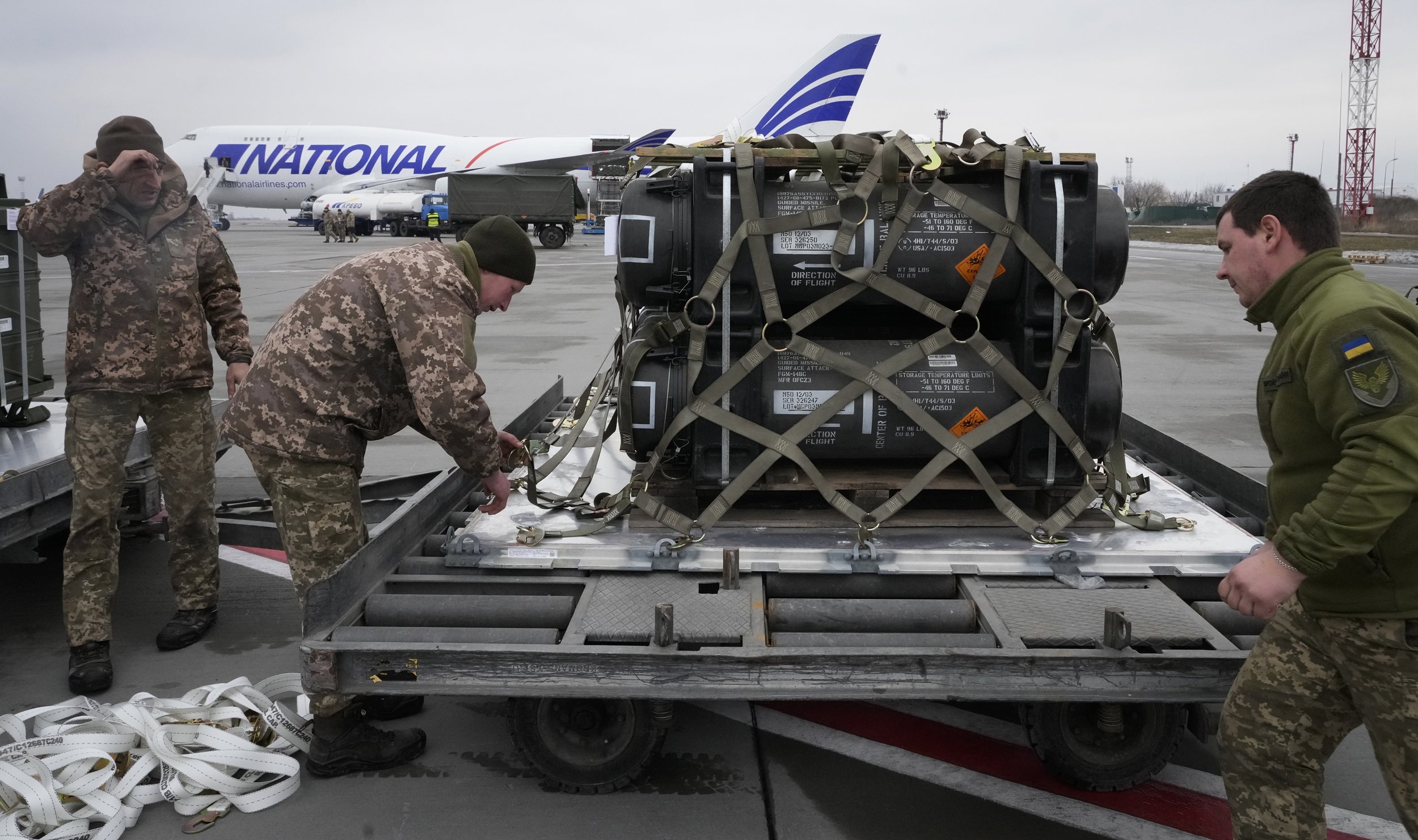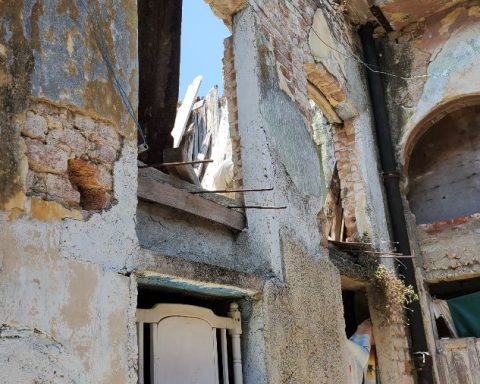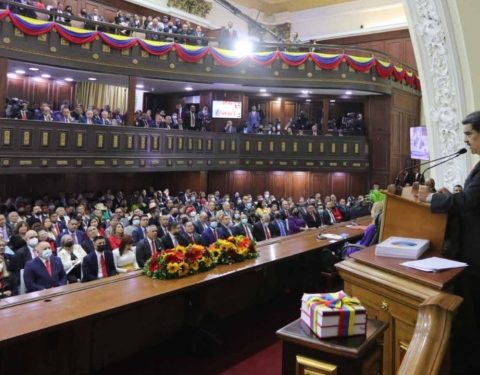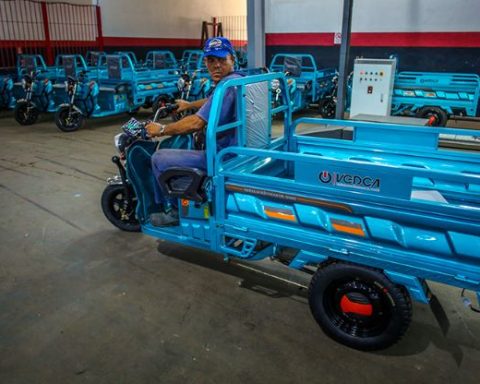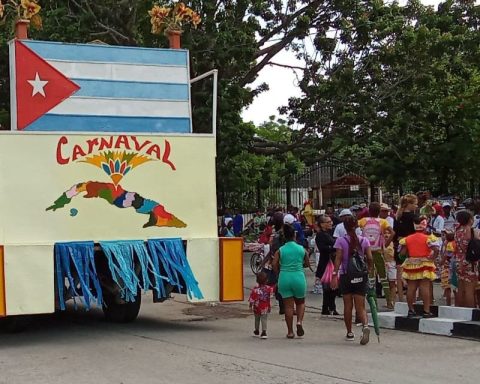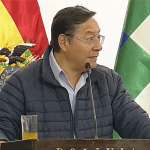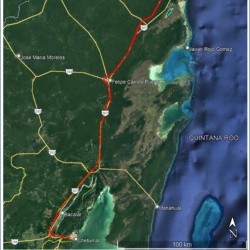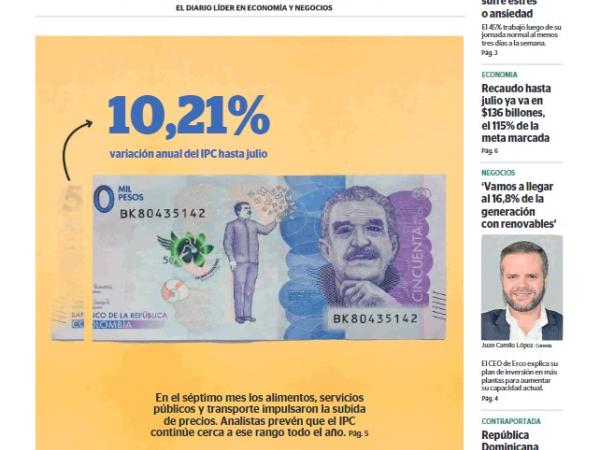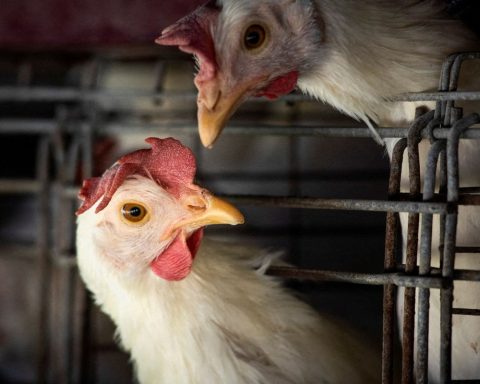Washington has just approved a new $1 billion military aid package for Ukraine. With this, all the war aid, initiated after the Russian invasion on February 24, already adds up to 9.1 billion.
According to a government source told CNN, these 1 billion will be used to purchase HIMARS ammunition, ammunition for the NASAMS surface-to-air missile system and up to 50 M113 armored medical transports.
The package will be detailed on Monday at a White House press conference, Reuters reported.
Other officials said that President Biden has not yet signed the weapons package, because it may change in value and content.
However, if signed in its current form, it would have that value and would include ammunition. Last Monday, the Pentagon announced a separate security assistance package for Ukraine valued at $550 million. Includes additional ammunition for other weapon systems.
This new package would be financed by the Presidential Retirement Authority (PDA), in which the president can authorize the transfer of assistance items and services without the approval of Congress.
HIMARS plays a key role in the artillery duel between Ukraine and Russia, described as a “grinding” with very little front line movement in eastern Donbas.
Since Russian troops crossed the border in what Putin called a “special military operation,” the conflict has turned into a war of attrition fought mainly in eastern and southern Ukraine.
Moscow is trying to gain control of Donbas, a largely Russian-speaking breakaway region made up of Luhansk and Donetsk provinces where pro-Moscow separatists seized territory after the Kremlin annexed Crimea in 2014.
So far, the United States has sent 16 HIMARS to Ukraine. On July 1, he pledged to command two National Advanced Surface-to-Air Missile Systems (NASAMS).
However, it was never clear whether the NASAMS launchers, made jointly by Raytheon Technologies Corp. and the Norwegian firm Kongsberg, are already in Ukraine.
Armored personnel carriers equipped with medical equipment could make the fight with Russia easier for Ukrainian troops, who could then be sent to Germany for medical treatment.
The kyiv government admitted in June that between 100 and 200 Ukrainian soldiers were dying every day.
More grain freighters set sail
Separately, three ships carrying thousands of tons of corn left Ukrainian ports on Friday and sailed through mined waters to speed up the movement of their delayed cargo, a sign that an international deal to export grains was making slow progress. But major hurdles remain in getting food to the countries that need it most.
Ships bound for Ireland, the UK and Turkey follow the first cargo of grain to cross the Black Sea since the start of the war. The passage of that ship, which has been heading to Lebanon since the beginning of this week, was the first in the framework of the agreement negotiated by Turkey and the United Nations with Russia and Ukraine.
The first ships to leave are among more than a dozen ships loaded months ago but stuck in ports since the Russian invasion. While the resumption of shipments has raised hopes of easing a global food crisis, much of the cargo is for animal feed, not human, experts say.
The Black Sea region is known as the breadbasket of the world, with Ukraine and Russia the world’s leading suppliers of wheat, maize, barley and sunflower oil, on which millions of impoverished people in Africa, the Middle East and parts of the world depend for their survival. Asia.
The three ships that left on Friday are accompanied by Ukrainian ships for safe passage due to mines scattered in the Black Sea.
The cargo ships set sail with more than 58,000 tons of corn, but that’s still a fraction of the 20 million tons of grain that Ukraine says is stuck in the country’s silos and ports, and must be shipped to make room for the corn harvest. this year.
